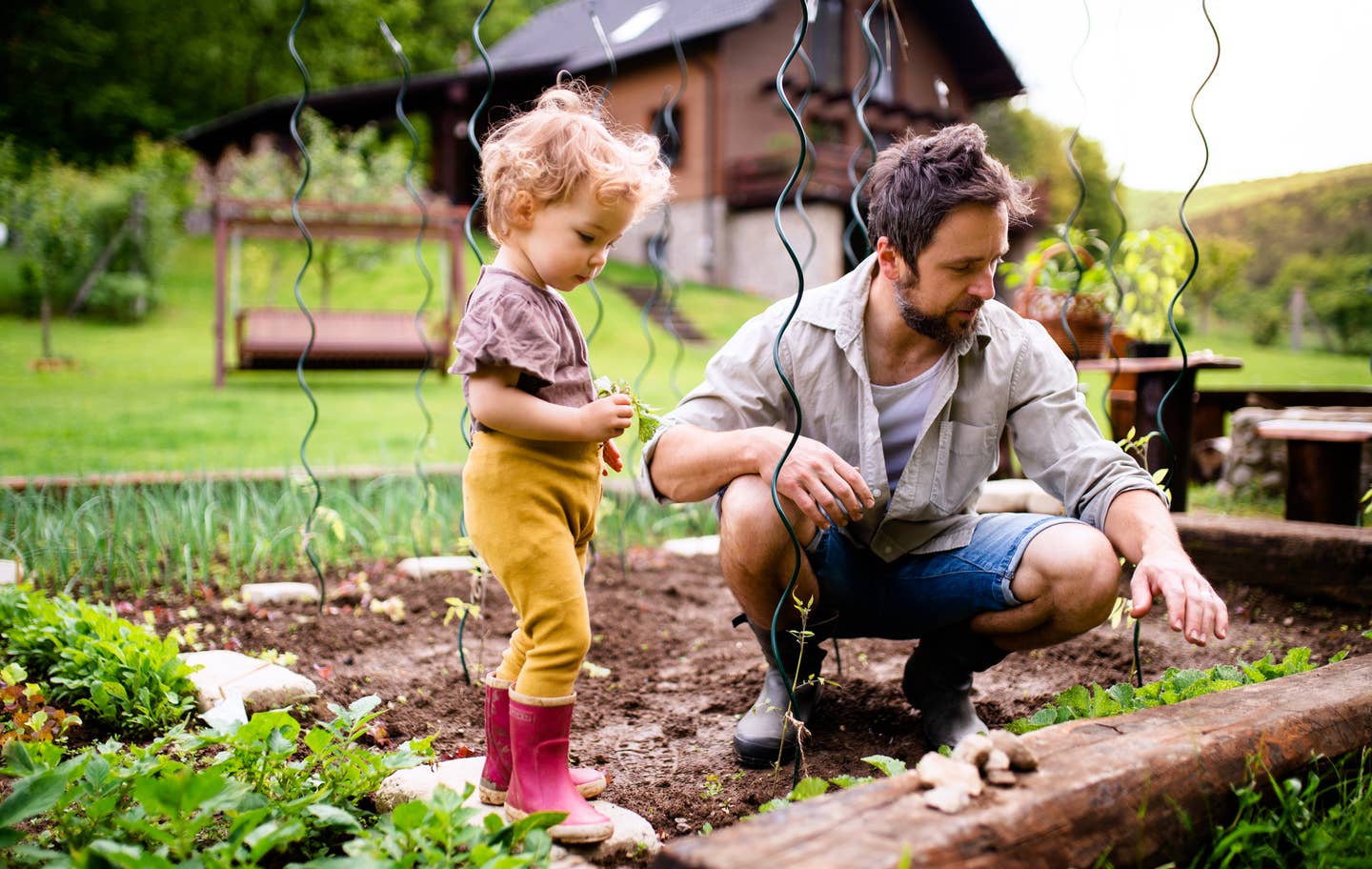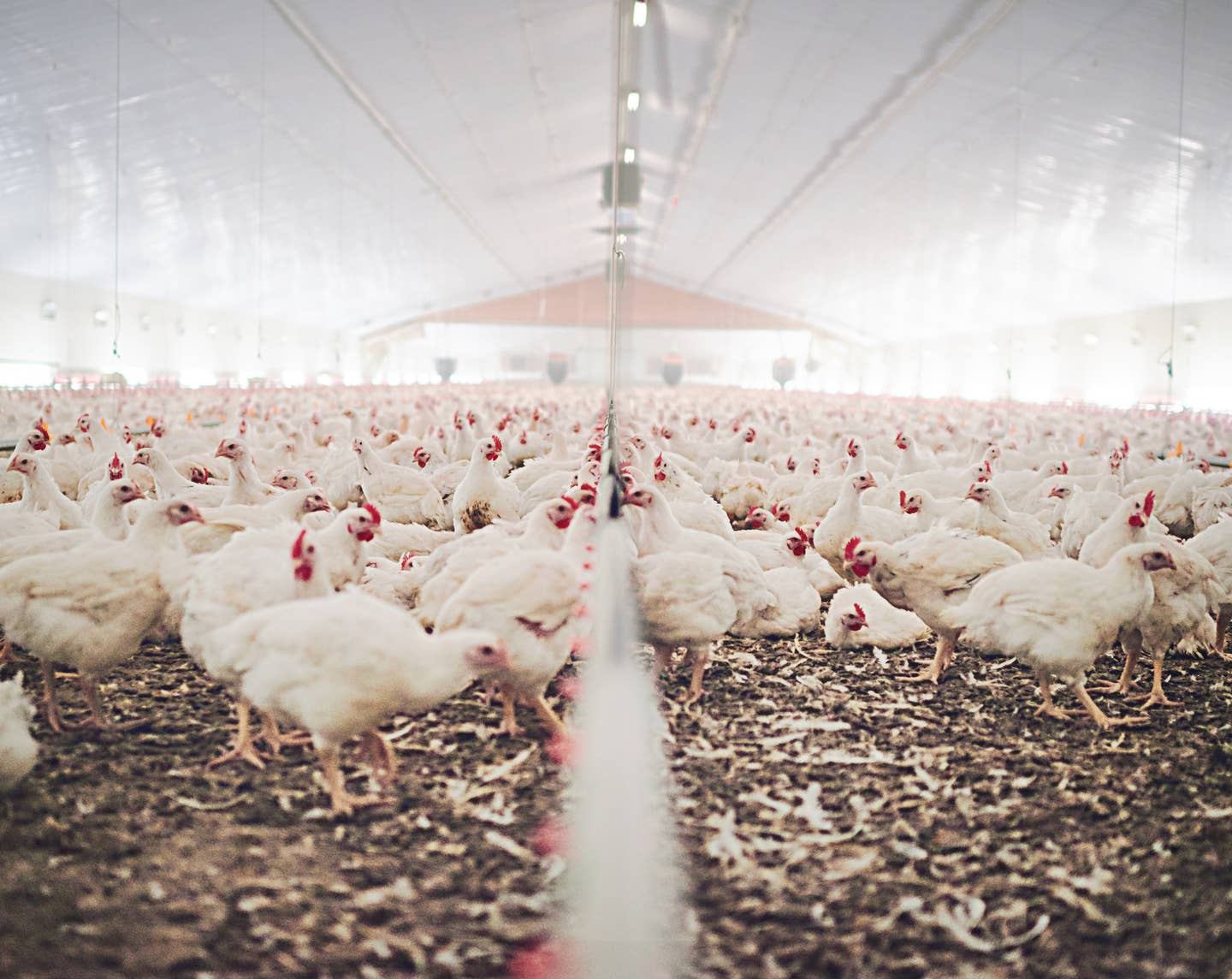
Your Complete Guide to Growing a Successful Vegetable Garden
The current pandemic has planted roots for the desire to be self-sufficient. Luckily, it’s not too late to put your green thumb to work and cultivate your own vegetable garden. Long, warm days make it the prime season for many garden vegetables. Gardening is also an excellent social distancing activity. Here’s everything you need to know about growing a vegetable garden. With these tips, you’ll be growing a crop of your very own nutritious foods within no time.
Why gardening is so popular now
Given product shortages at grocery stores across the country, overbooked food-delivery services, and an ever-growing movement of folks wanting more sustainable foods, home veggie gardens are growing in popularity. Globally, 13% of carbon emissions come from the agriculture industry. Reducing the demand for factory-farmed food alleviates further damage. It’s too soon to know how the global COVID-19 pandemic will impact food supply chains long-term, so it’s essential to start growing your produce now.
Gardening empowers you to control the quality and safety of your food. Even better, if you’re budgeting due to a loss of work or increase of expenses during these turbulent times, planting your veggie haul will reduce your grocery bill.
What can you grow in your backyard?
If you’re interested in growing, look into seasonal produce for your area and purchase seeds for the items you’d like to grow this spring and summer. If you have sun or four months (May through August) you can reap a bounty of vegetables like tomatoes of all sizes and types, zucchini, peppers, eggplant, yellow squash, snap peas (two plantings in a season) and kale, arugula, spinach, broccoli, as well as an array of herbs such as basil, rosemary, mint, cilantro, lemon balm, parsley (all varieties) and more. Sometimes people get ambitious and try corn but you need row upon row for that to work. Every year it's fun to try a new plant, such as an olive tree or lemon tree, but don't get your hopes up and the cost might not make sense if it has to come indoors to survive the colder winter. It's not hard to do once you plan out your crop and space requirements per plant, and if you have space, you can plant asparagus, rhubarb, and berries such as blackberries, raspberries, blueberries and more.
To find your region's growing zone in order to determine which plants will thrive best in your area, check out Burpee's website which has a handy map of temperate zones. If you’re buying plants rather than seeds, make sure they’re healthy without yellow sections or pests. Andrea Aliseda suggests asking yourself, what do you crave most in the summertime? What are you reaching for at the grocery store, in your pantry, or cooking most often? What's most compatible with your climate and growing space?
“Grow what you love to eat, not what’s trendy on Instagram,” Dr. Sunyatta Amen says. Plant what you use to prepare your favorite dishes. Start with just a few varieties as you get the hang of gardening. Be conscious of plant size and mindful of your garden space as some plants need more room to grow.
When it comes to choosing which plants you should be putting in the ground right now, Dr. Amen suggests focusing on variations that love the heat but can stand a bit of chill at night in the spring such as collard greens and chard. Other heat-lovers include any kind of peppers, eggplants, and tomatoes according to Christin Riddick. “The earlier you start once the weather gets warm enough, the longer the harvest you’ll typically have,” he says.
If you’re short on sunny areas, Riddick suggests growing shade-tolerant veggies and herbs such as kale, mustard greens, arugula, oregano, and parsley. “If you're growing lettuce, have them in a part of your backyard that doesn't receive direct sunlight, too much will burn the leaves,” Aliseda says.
What should you plant now?
According to Aliseda, good vegetables to consider planting now includes strawberries, peppers, eggplants, beans, potatoes, corn, lettuce, cabbage, spinach, kale, okra, and melons. Fast growers take less than a month to harvest, such as lettuce and radishes. Tomatoes and peppers fruit all season. Hot peppers do well in the heat. Tomatoes, potatoes, zucchini, and cucumber have the best yield. Beans, squash, and radishes will need to be planted in waves if you want to enjoy them all summer.
“Some veggies like kale, radishes, and carrots have a long growing season and can be grown year-round,” Riddick says. Other plants you can have in your vegetable garden all year include cabbage, onions, and lemons.
Don’t forget your herbs to add flavor to your dishes. “Many herbs like thyme, rosemary, and oregano can survive most climates to an extent,” Riddick says. Dr. Amen uses rosemary for multiple purposes. “The evergreen will typically rebuff cold conditions. I love to use it as a decorative shrub on borders. Its strong smell is not the favorite of squirrels, cats, and dogs out on walks.”
If you don’t have a backyard, don’t fret. You can grow microgreens anywhere, even in your basement. You can grow herbs on your windowsill with the Urban Leaf herb starter kit with dill, chives, thyme, and more. There are plenty of products that can help you grow a crop under less-than-ideal conditions. AeroGarden is an in-home gardening system that doesn’t need sun, soil, or space to produce an abundance of fresh and tasty herbs, salad greens, and vegetables. Choose from 140 different seed kits including cherry tomatoes, eggplants, and jalapeno peppers. Gardyn offers an indoor hydroponic gardening system.
Tips for Garden Success
1. Plan it out
After you’ve selected what plants you want to grow, make a map of your garden to maximize your garden space. Make sure your garden is in an area with plenty of sunlight and near your hose. Consider the plants’ needs including soil, sun, and water. Make note of these so that you’re watering your plants correctly to help support their full growth potential.
2. Select the right soil
Preparing your soil for a successful garden is key, as different plants need different types of soil. Use fertilizer to enrich your soil with nutrients and minerals. “Turning the soil about a foot deep into the ground is a good practice to set up a healthy soil bed ready to sew your seeds. This rotates cracked, dry soil, helps remove unwanted weeds, and keeps the soil loose which helps water flow and drain,” Aliseda says.
3. Mark your plants
Label your garden when you plant your seeds, so you don’t forget where each crop has been planted. Tend to your crops well. Pull weeds as soon as possible to avoid harming your edible plants. Keep an eye out for pests and rotting vegetation and remove them from your garden. Be mindful of pruning and mulching when needed.
4. Follow your watering schedule
To raise plants that will keep you eating fresh vegetables all summer long, it’s critical to keep your garden watered. Water no more than once a day in the early morning and skip it if you know it rained overnight hard enough to leave the ground soaked–too much water will drown plants as readily as too little water will let them burn up in the hot sun. Shoot the water towards the roots since you don't want the leaves to take the brunt of the water hose. They're delicate and they can get damaged when the sun hits wet leaves. Only soak the ground around the stem to let the roots absorb the water, which is how your plants drink. Dr. Amen suggests Investing in a good hose and spray head.
The benefits of fresh-off-the-vine vegetables
The benefits of fresh, nutritious, delicious produce are endless. Gardens reintroduce nature in urban habitats, making cities more sustainable, and reduce factory farming. “Your produce wasn’t grown with harsh chemicals or pesticides, no being was exploited for labor in growing them, and you're shortening the food supply chain, meaning less harm was caused onto our planet for our fuel,” Aliseda says.
You know your produce is safe because you cultivated it yourself. It’s extremely rewarding to pluck something from your garden and prepare it in your kitchen. “Things taste better when they grow intentionally,” Riddick says. Aliseda agrees and considers it a special treat to indulge in food she’s grown with her hands. “It’s a ritualistic end to a seasonal cycle of growth that feeds you on the soul level,” Aliseda says.
There’s no comparison between fresh, chemical-free veggies you grew yourself and pesticide-ridden produce from grocery stores. “The taste of anything harvested straight from the vine or ground is amazingly different from things that have been picked too early, shipped in argon gas trucks, force ripened and then linger on the shelves of a supermarket. The vitamin and mineral content is much higher on garden-fresh foods,” Dr. Amen says. “The satisfaction of knowing you grew it somehow sweetens it that much more.”
More From The Beet






